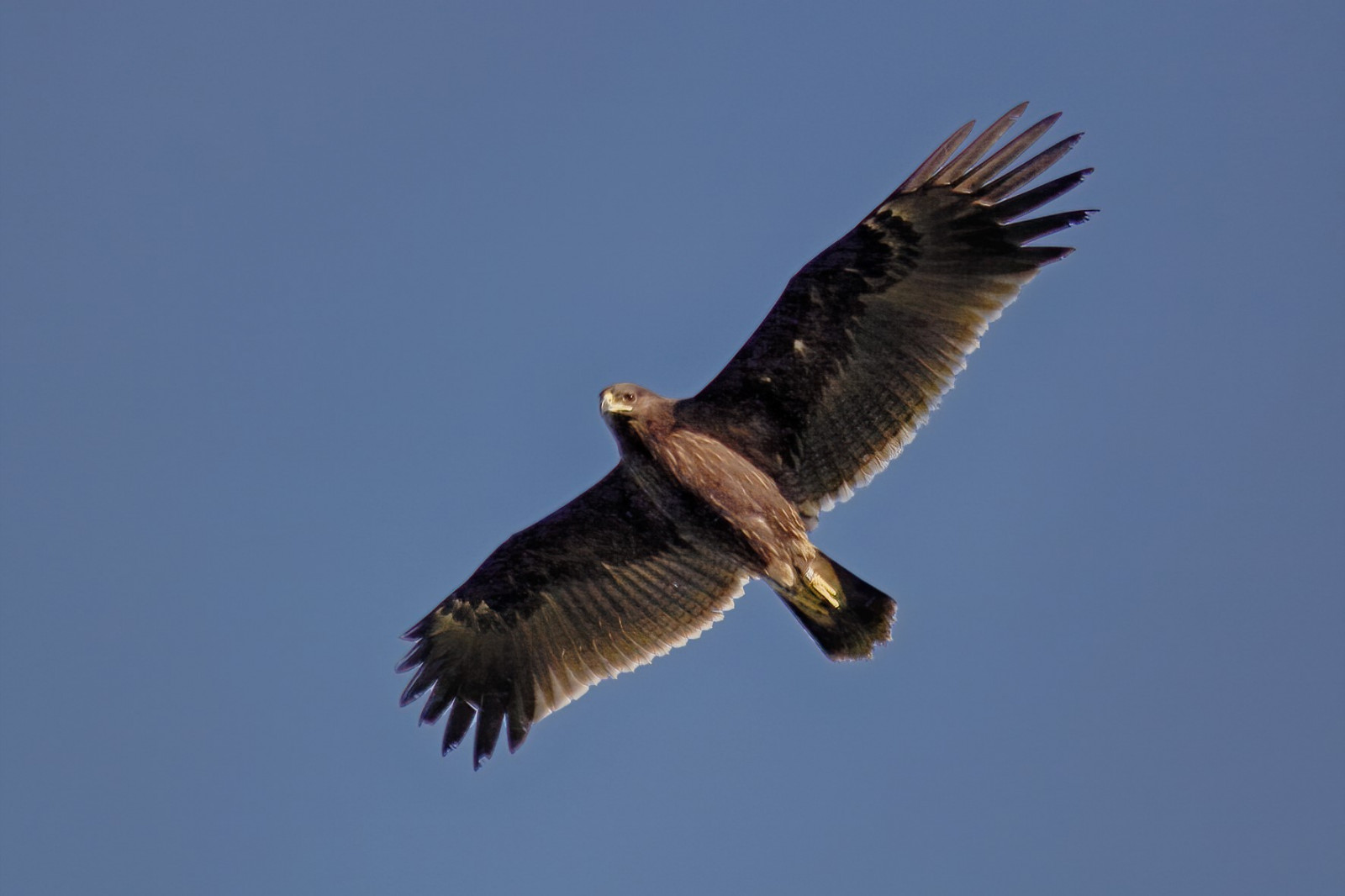Charger images
Les formats d'image autorisés sont de type jpeg, png ou gif
La taille maximale du fichier doit être de 20MB



Rewetting measures, completed in 2001, quickly took effect, and the many water surfaces of different depths were quickly populated by waterbirds & other species
Breeding speciesi Nyirkai-Hany include Grand Cormoran (which breeds in a conspicuous colony in dead trees),Cormoran pygmée, Oie cendrée, Héron pourpré, Grande Aigrette, Bihoreau gris, Grèbe castagneux and Grèbe huppé, Pygargue à queue blanche, Vanneau huppé, Avocette élégante, Échasse blanche and Sterne pierregarin. A few Sarcelle d'été, Nette rousse and Fuligule milouin breed here as well. Mouette mélanocéphale shift their main breeding site between Lange Lacke, Illmitzer Zicksee, the expanses of water at Mexicopuszta, and the Nyirkai-Hany, depending on water levels. There even used to be a small Spatule blanche colony here, which has not, however, been used in the past years. All three marsh tern species hunt here regularly during migration, and Fuligule nyroca also occurs occasionally. At the right water levels, the Nyirkai-Hany can become a real Eldorado for waders. In winter, Aigle impérial and also Aigle criard are regularly encountered. One or two individuals of this latter rare migrant have been wintering in the Hungarian part of the Neusiedler See - Seewinkel National Park since 1996 – especially, in recent years, in the Nyirkai-Hany.
The train station of Hanságliget is a little more than 2 km from the starting point of this route (and about 5 km from the observation tower). On road 86 from Hanságliget to Bősárkány, turn west onto a small road immediately after crossing the Rábca. The road crosses the railway line a little further on before coming up against a barrier at a pumping station. From here, the rest of the way (about 2 km south- west) must be done on foot or by bicycle. The path along the embankment is lined with willows and groves, from which Tourterelle des bois, Pic vert, Coucou gris, Rossignol philomèle, Rémiz penduline, Pouillot véloce among others, are heard singing during breeding season. Various reed birds such as Phragmite des joncs, Rousserolle effarvatte, Rousserolle turdoïde, Locustelle luscinioïde as well as Bruant des roseaux can be heard from the stands of reeds on both sides of the path. At the end of the straight path, turn right to soon reach the only observation tower of the area, which offers the best view of the expanses of water of the Nyirkai-Hany. The route returns along the same path.
Up until its drainage in the course of modern hydraulic engineering measures, the “Hanyság” (as it is marked in older works of cartography) had been a wetland shrouded in legend and only frequented by fishermen and hunters. It was hunters who published the most detailed accounts of the region’s animal diversity before the completion of the main regulation channel, the Einser-Kanal.
Votre feedback sera transmis à l’auteur.rice de cette zone et à l’équipe éditoriale de Birdingplaces, qui l’utiliseront pour améliorer la qualité des informations. (Vous souhaitez publier un commentaire visible en bas de page ? Fermez cette fenêtre et choisissez l’Option 1 : « Publier un commentaire, un conseil ou une observation ».)
Veuillez fournir des suggestions d'améliorations ou d'ajouts au texte de ce site ornithologique.
Veuillez fournir vos suggestions d'améliorations ou d'ajouts à la carte.
Veuillez fournir des suggestions d'améliorations ou d'ajouts à la liste des oiseaux.
Cliquez sur l'icône de l'oiseau () Insérez les noms d'oiseau dans votre langue. Ils seront automatiquement traduits pour les autres usagers !